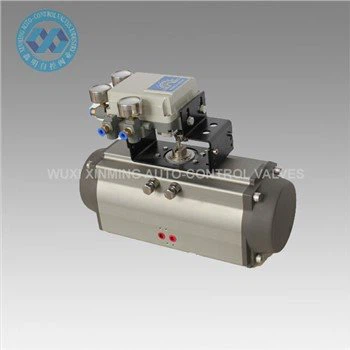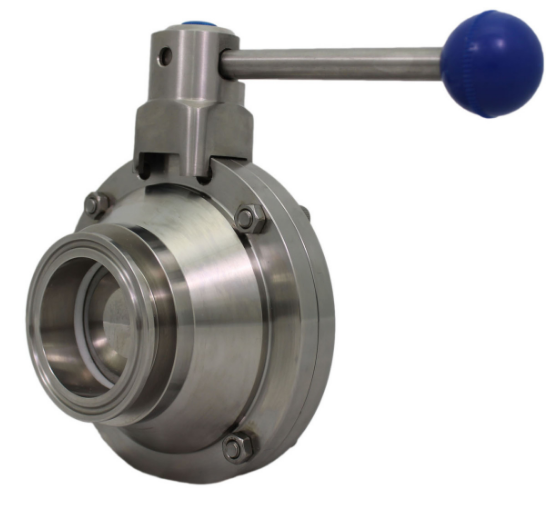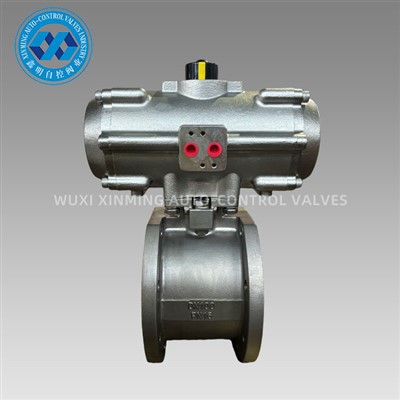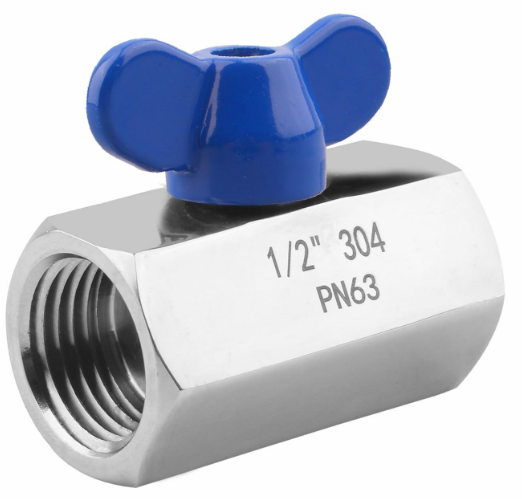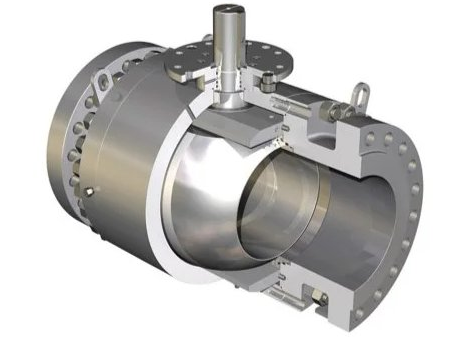Pneumatic actuators are essential components in industrial automation, enabling precise control of valves and other mechanical systems through the use of compressed air. Among the most common designs are diaphragm actuators and piston actuators. While both perform the same basic function—converting air pressure into linear motion—their construction, operating principles, and ideal applications differ significantly. Understanding these differences helps engineers and plant operators select the right actuator for their specific process requirements.
1. Construction and Design
Diaphragm Actuator
A diaphragm actuator uses a flexible membrane (diaphragm) to separate the air chamber from the actuator stem assembly. The diaphragm moves when compressed air is applied, transmitting force directly to the valve stem.
Key Features:
-
Flexible diaphragm material (rubber, elastomer, or reinforced fabric).
-
Typically spring-return for fail-safe positioning.
-
Compact design with fewer moving parts.
Piston Actuator
A piston actuator employs a solid piston inside a cylinder. When air pressure is applied, the piston moves linearly to drive the valve stem.
Key Features:
-
Rigid piston with seals for air containment.
-
Can be spring-return or double-acting.
-
Larger housing to accommodate piston travel.
2. Operating Principle
| Aspect | Diaphragm Actuator | Piston Actuator |
|---|---|---|
| Motion Generation | Air pressure flexes the diaphragm, pushing against a spring or load. | Air pressure pushes a rigid piston back and forth inside a cylinder. |
| Air Pressure Requirement | Operates effectively at lower pressures (3–15 psi typical). | Can handle higher pressures (up to 150 psi or more). |
| Travel Distance | Limited stroke length due to diaphragm flexibility. | Longer stroke lengths possible, ideal for large valves. |
3. Advantages and Limitations
Diaphragm Actuator Advantages
-
High Sensitivity – Excellent for precise control in low-pressure applications.
-
Simple Maintenance – Fewer mechanical seals reduce wear points.
-
Fail-Safe Capability – Spring-return design ensures safety in power or air loss situations.
-
Cost-Effective – Lower manufacturing and maintenance costs.
Limitations:
-
Limited stroke length.
-
Not suitable for extremely high-pressure air supply.
-
Diaphragm material can degrade under extreme temperatures or chemicals.
Piston Actuator Advantages
-
High Force Output – Capable of handling large valves and high shut-off pressures.
-
Long Stroke Capability – Suitable for applications requiring extended travel.
-
Durable Under Harsh Conditions – Can withstand higher pressures and mechanical stress.
-
Versatile Operation – Works well in both double-acting and spring-return modes.
Limitations:
-
More moving parts and seals increase maintenance needs.
-
Larger and heavier than diaphragm actuators.
-
Higher initial cost.
4. Typical Applications
Diaphragm Actuator:
-
Control valves in process industries.
-
Low to medium pressure regulation.
-
HVAC systems and boiler control.
-
Where precise throttling is required.
Piston Actuator:
-
Large industrial valves (butterfly, ball, and plug valves).
-
High-pressure steam or gas service.
-
Oil and gas pipeline control.
-
Applications requiring long travel or high thrust.
5. Selection Guidelines
When choosing between a diaphragm and piston actuator, consider:
-
Valve Size and Stroke – Larger valves may require piston actuators for higher force.
-
Air Supply Pressure – Diaphragm actuators suit lower pressures; piston actuators handle higher.
-
Control Precision – Diaphragm actuators excel in fine control and modulation.
-
Environmental Conditions – Piston actuators are more robust for extreme environments.
-
Maintenance Preferences – Diaphragm designs are simpler to maintain.
Conclusion
The choice between a diaphragm actuator and a piston actuator ultimately depends on the specific demands of your application.
-
Choose a diaphragm actuator for precision, low-pressure control, and cost-effective operation.
-
Choose a piston actuator for high force, long travel, and durability in harsh or high-pressure environments.
By understanding the strengths and trade-offs of each type, engineers can ensure optimal valve performance, operational safety, and long-term reliability.
If you want to learn more about low-priced products, please visit the following website: www.xm-valveactuator.com







